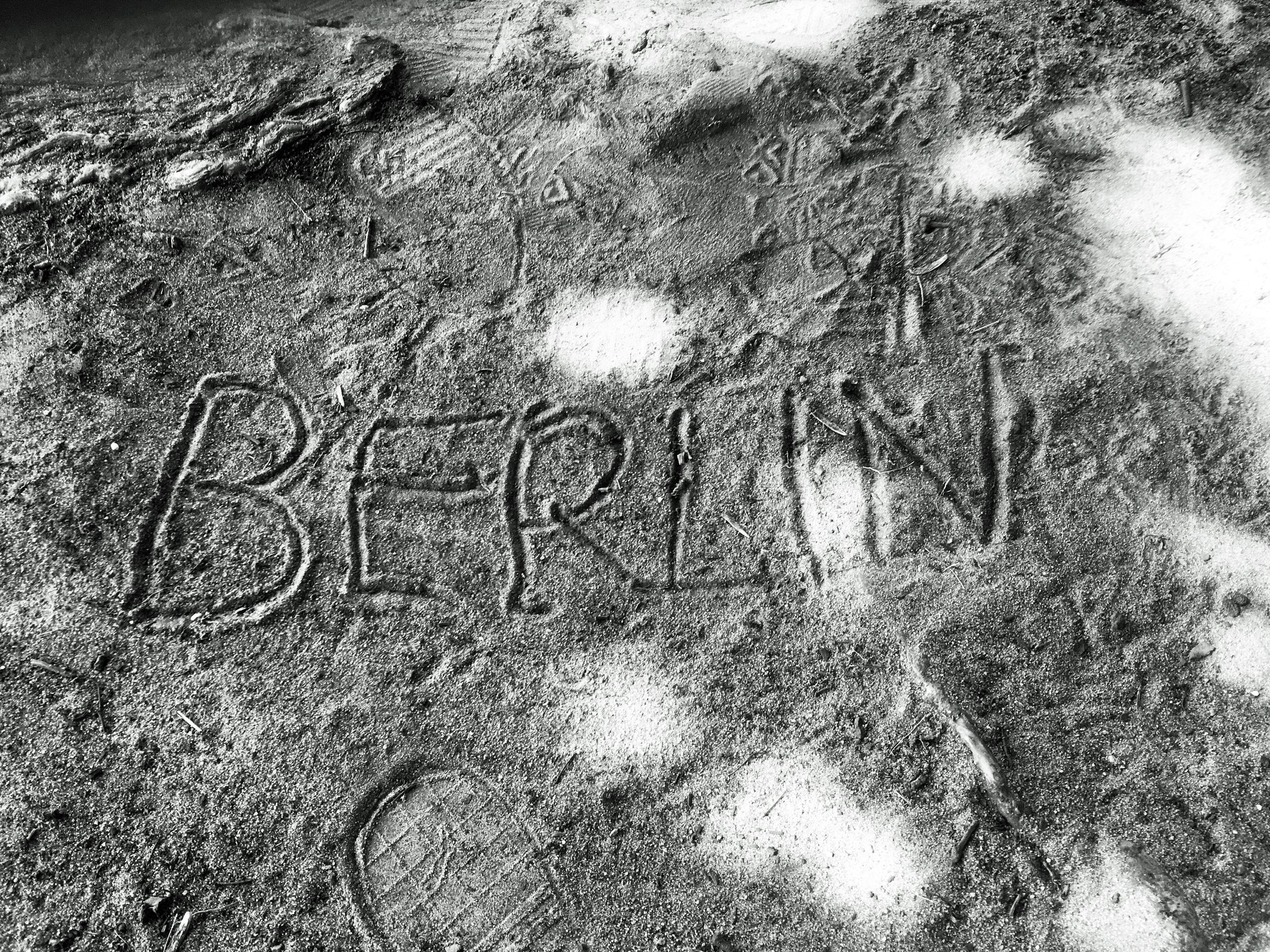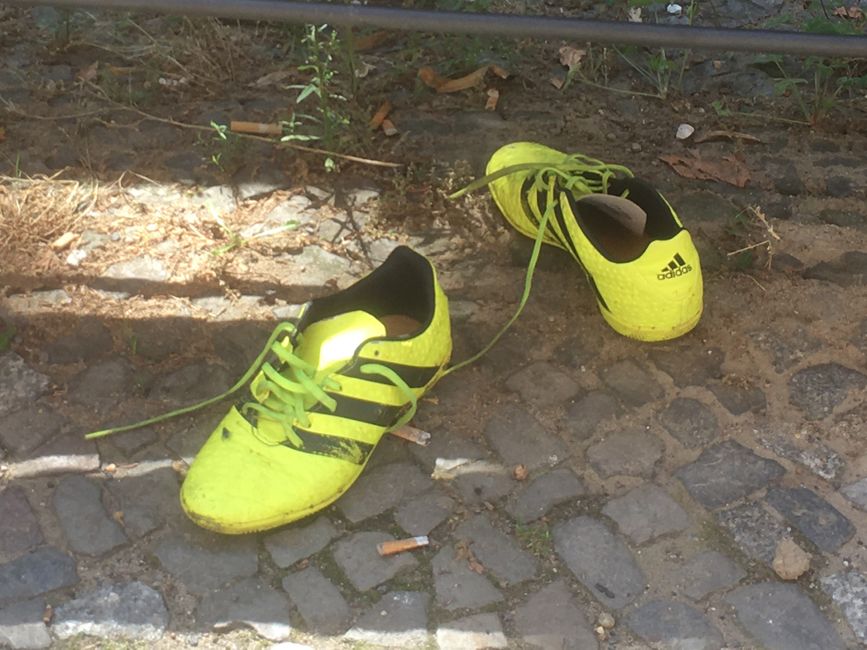Fifty Shades Of Walking
Verëffentlecht: 26.05.2021
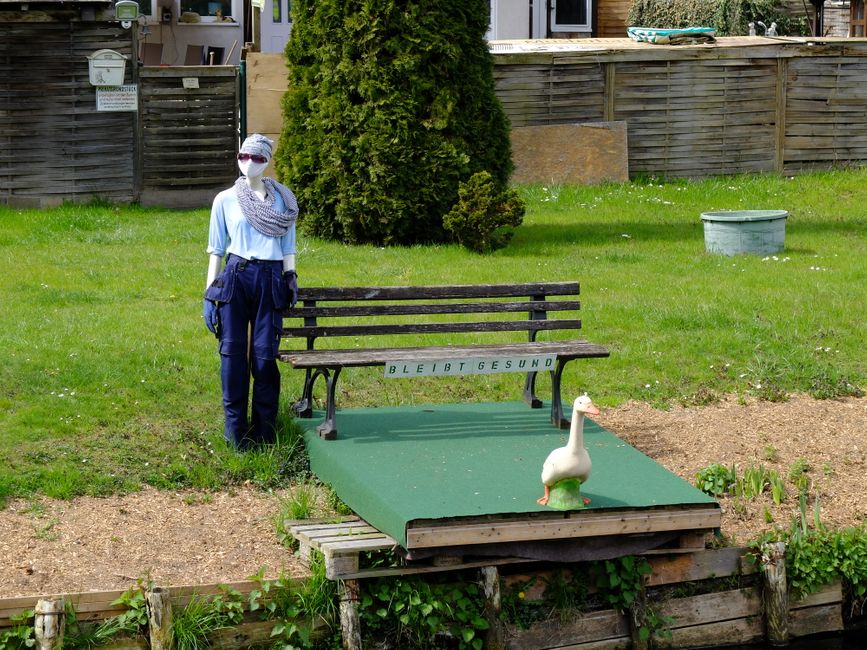
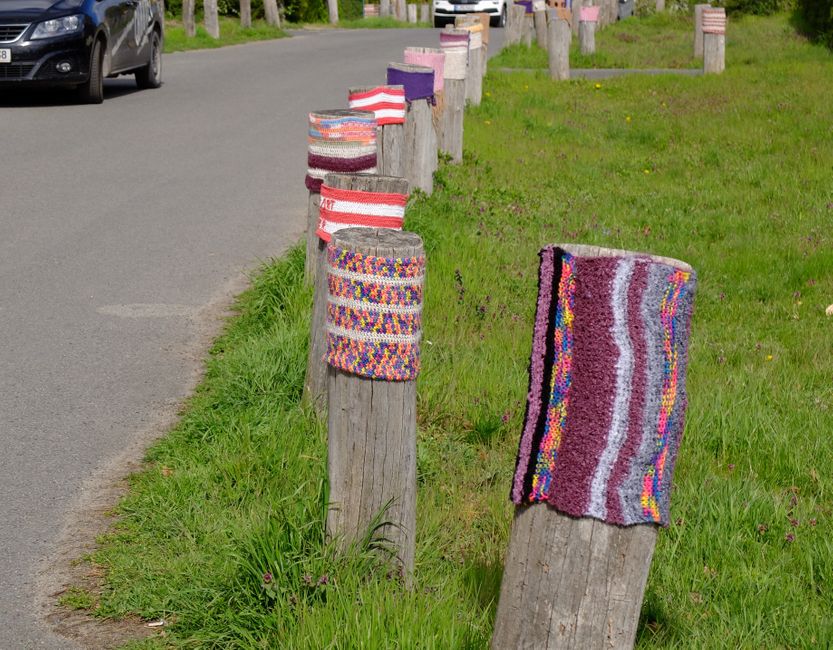
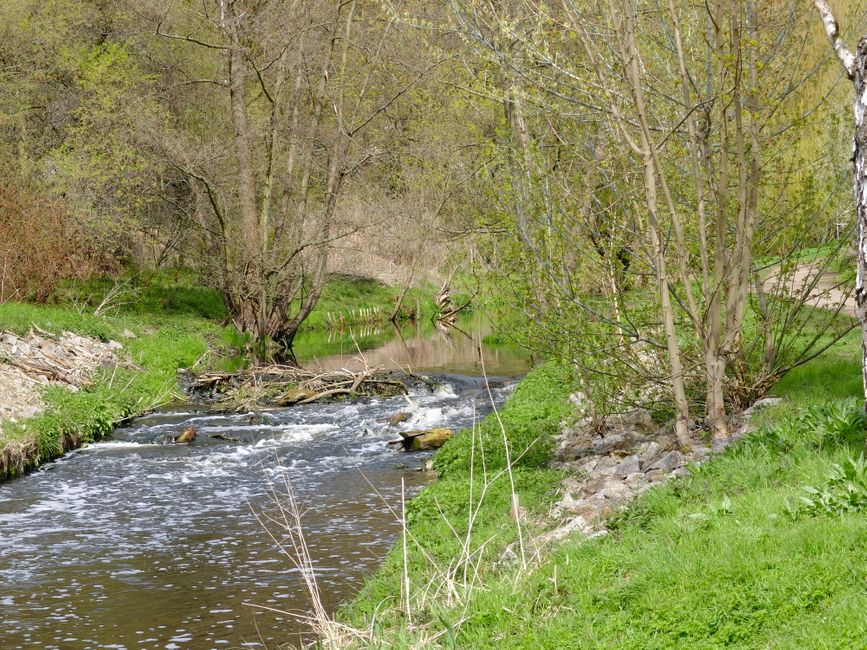
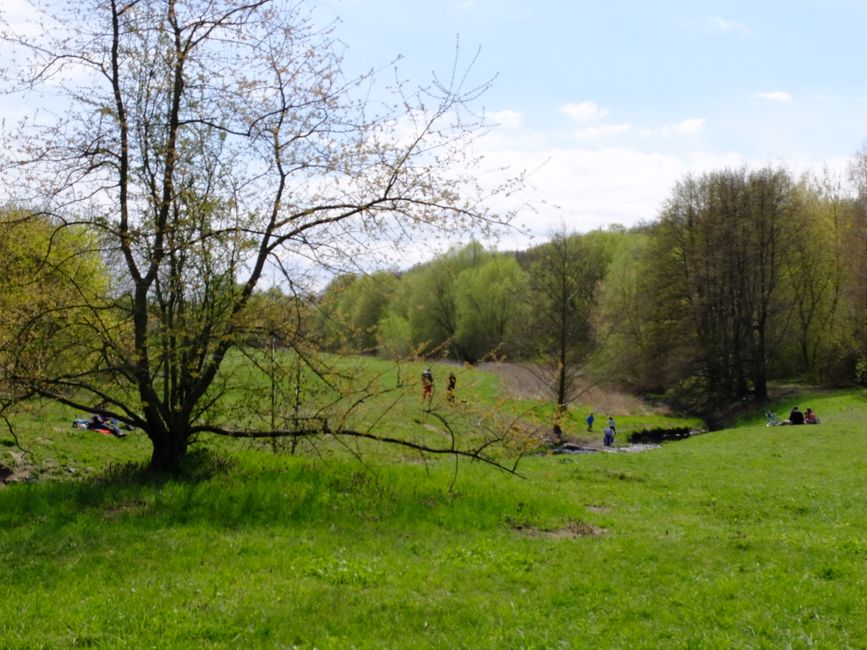
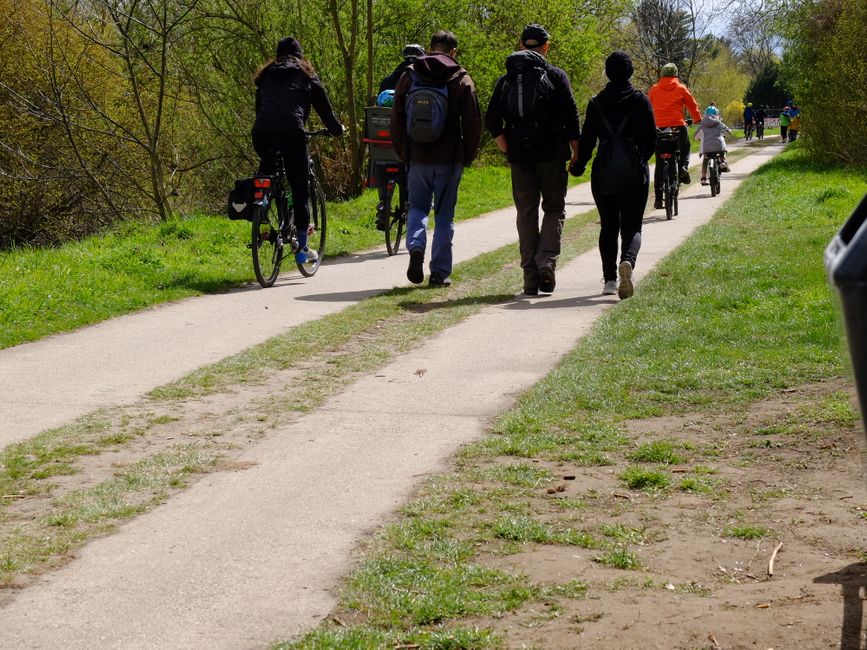
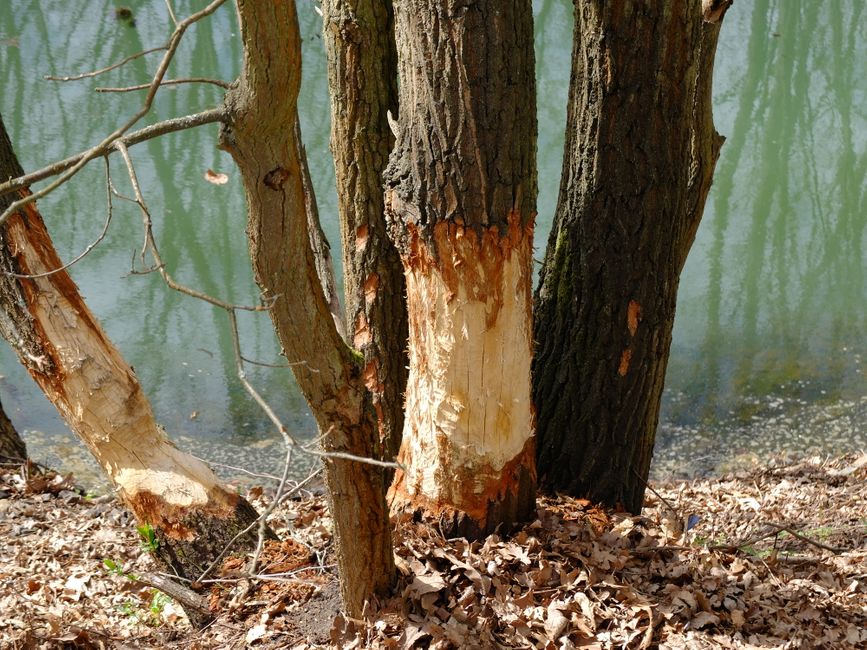
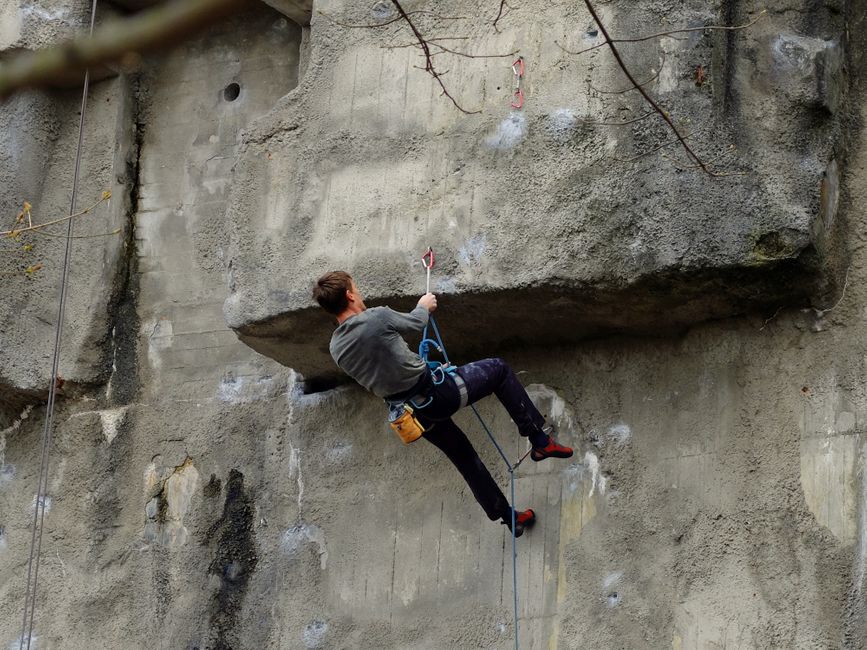
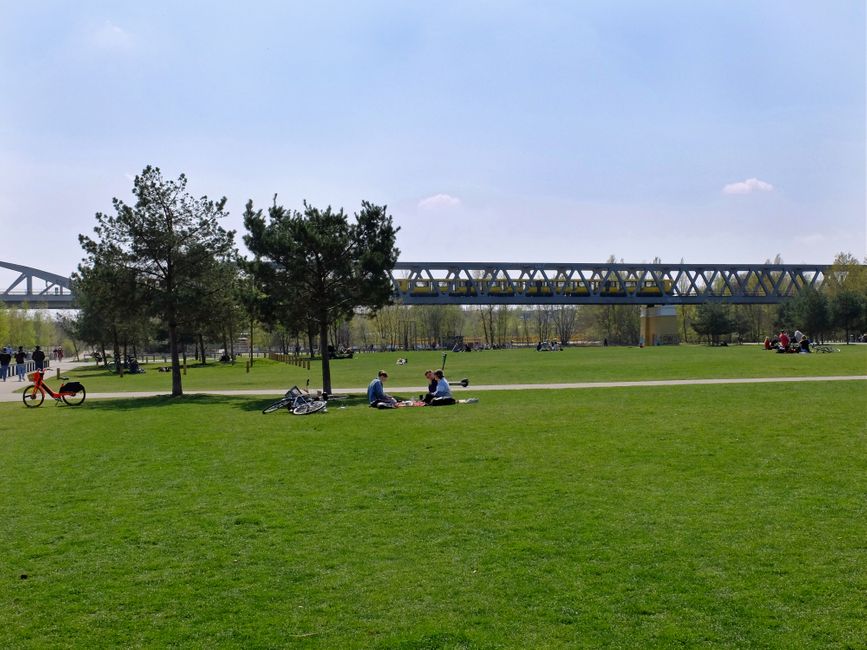
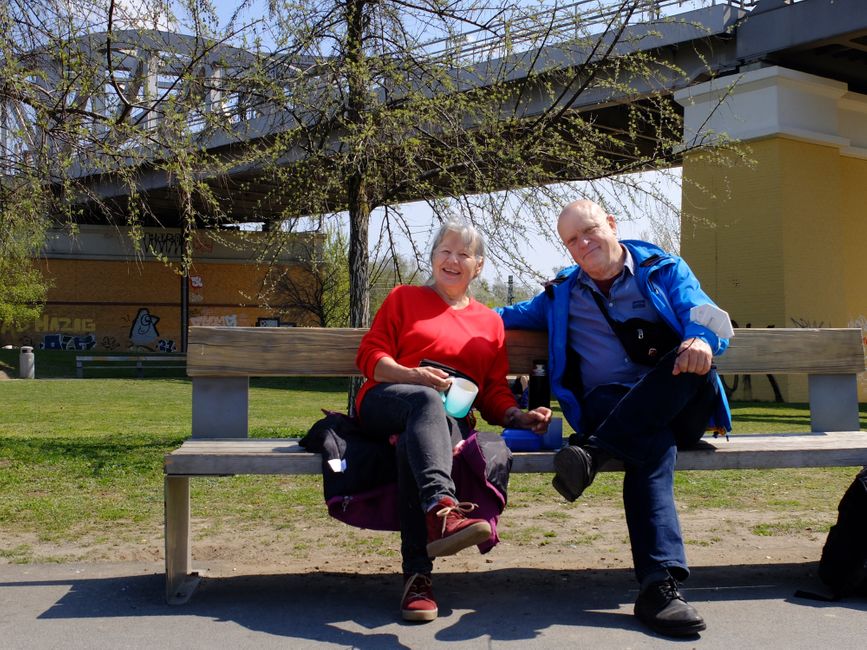
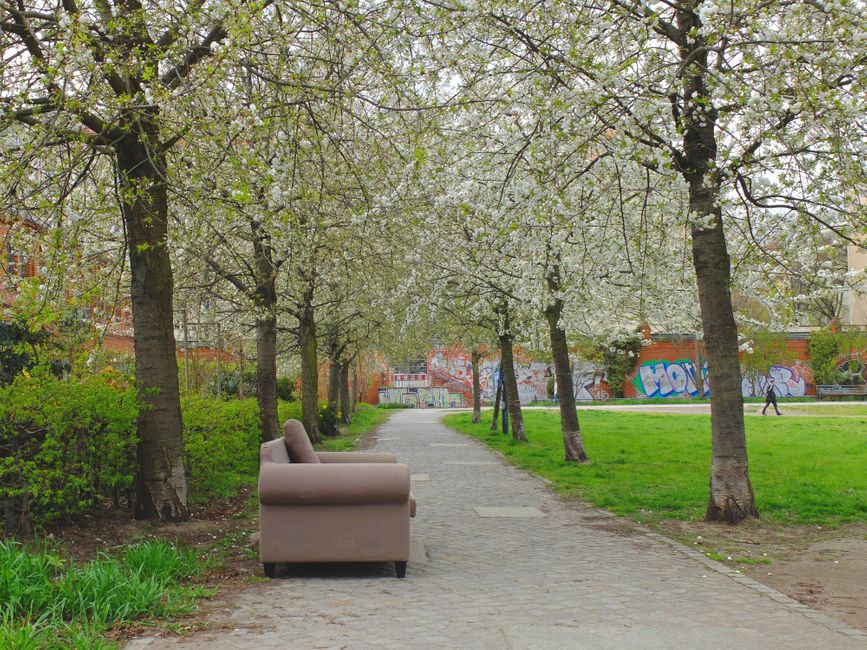
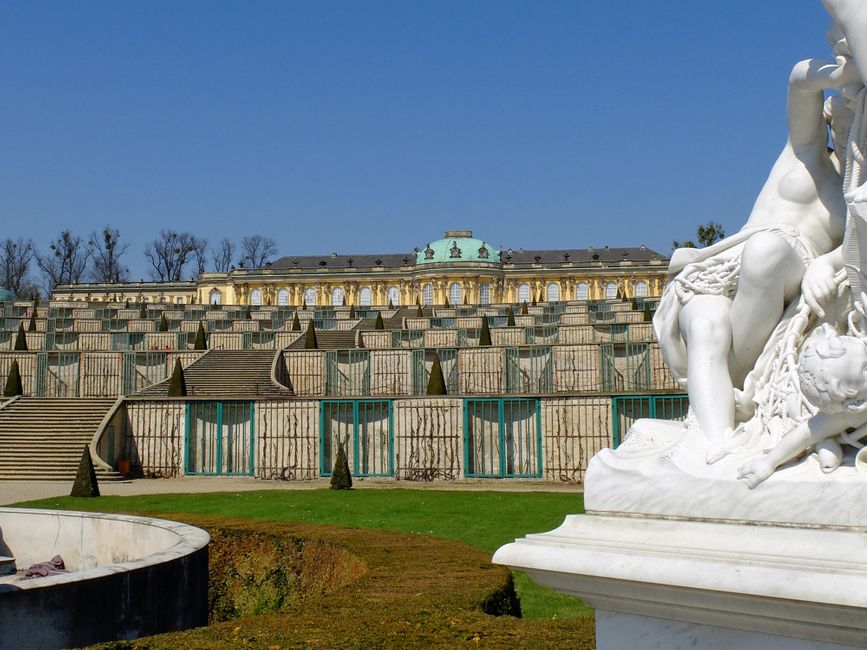
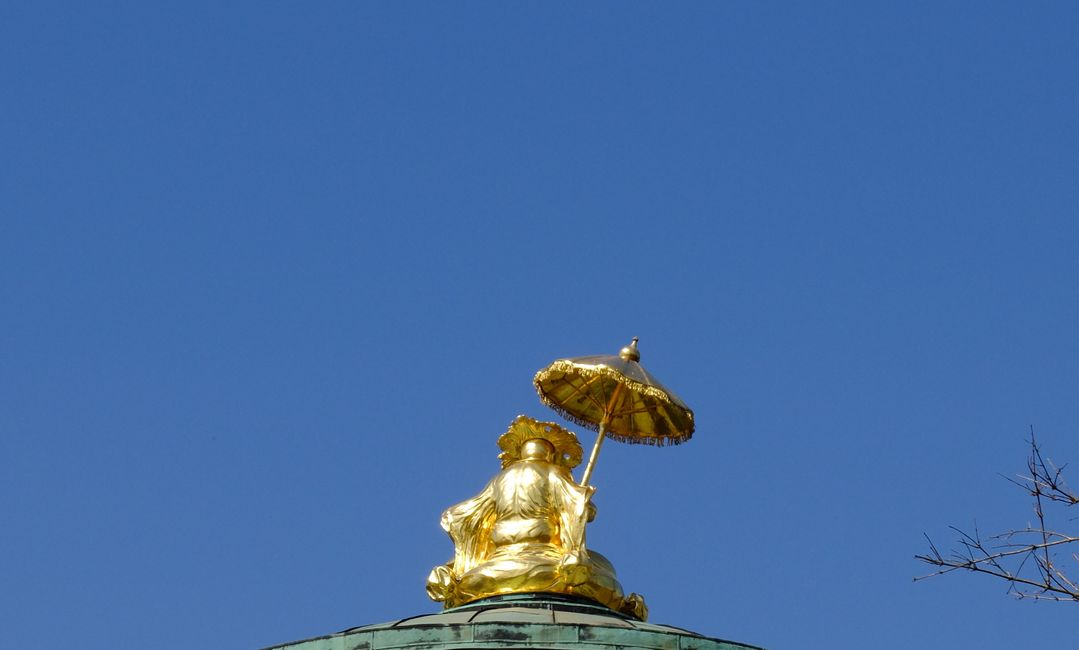
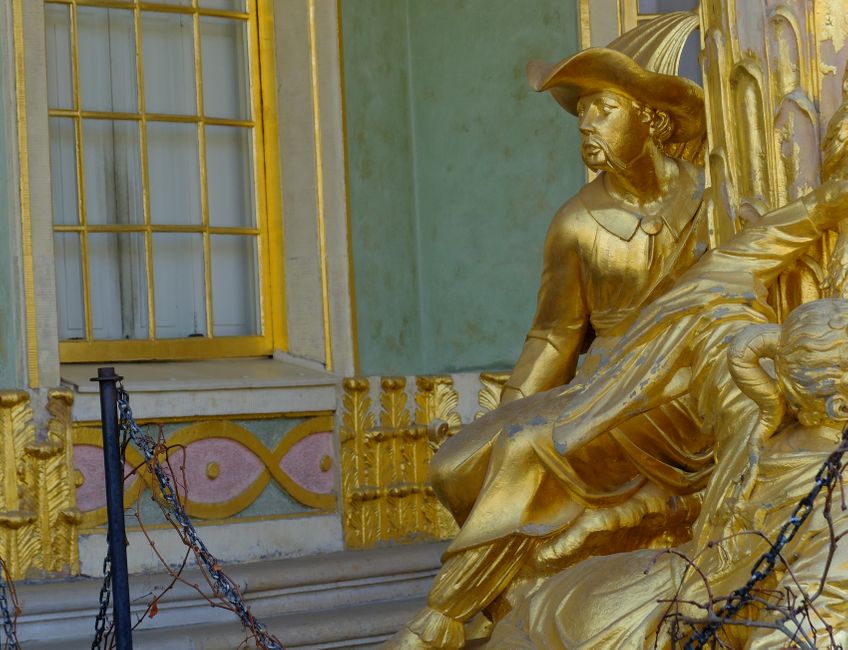
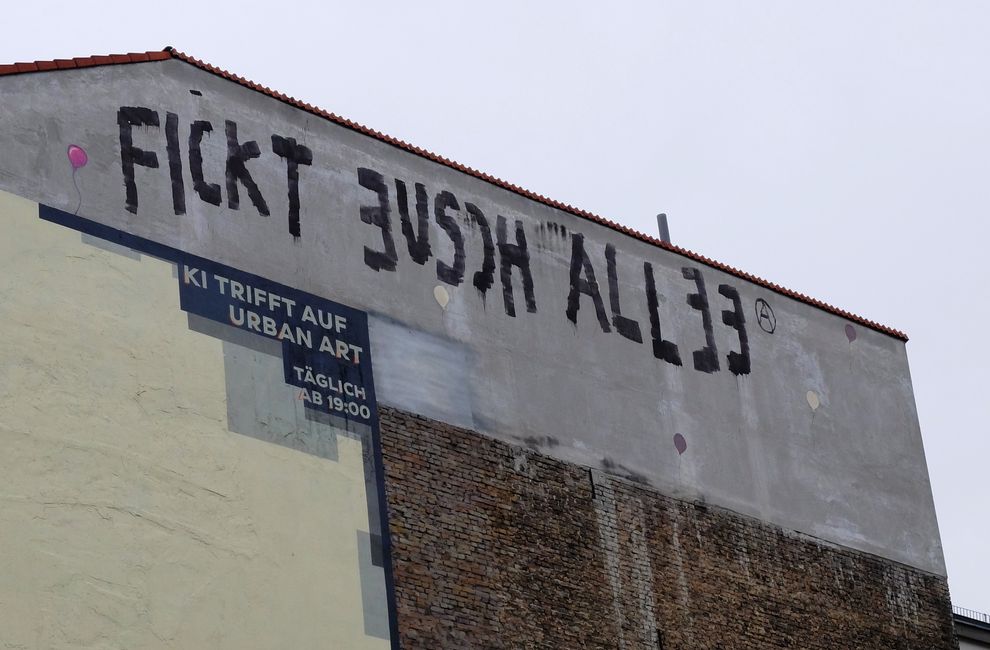
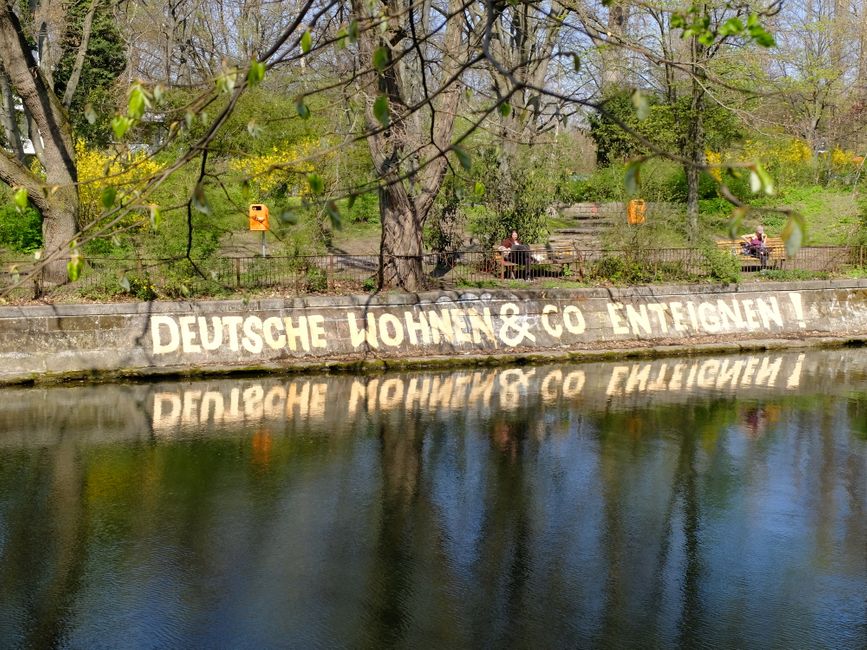
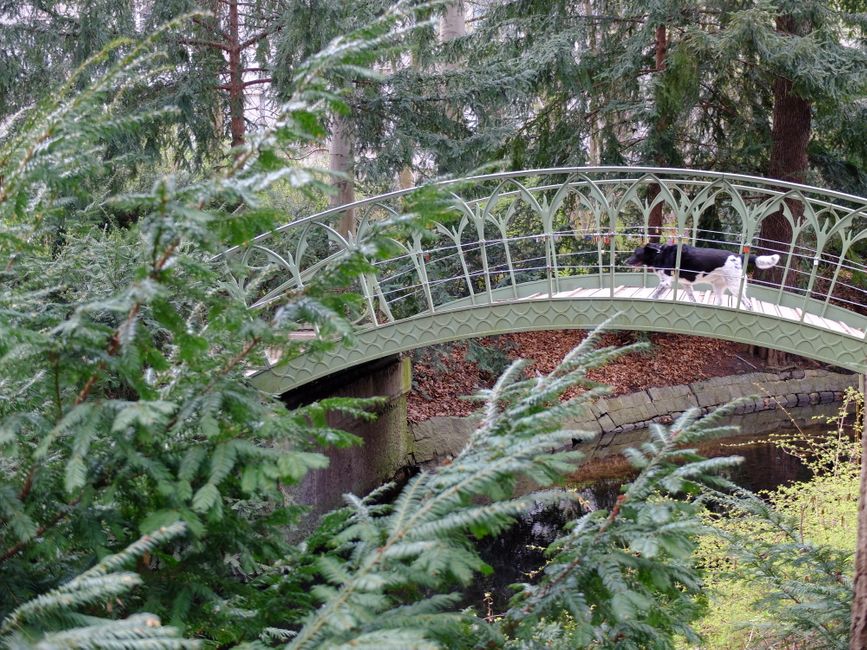
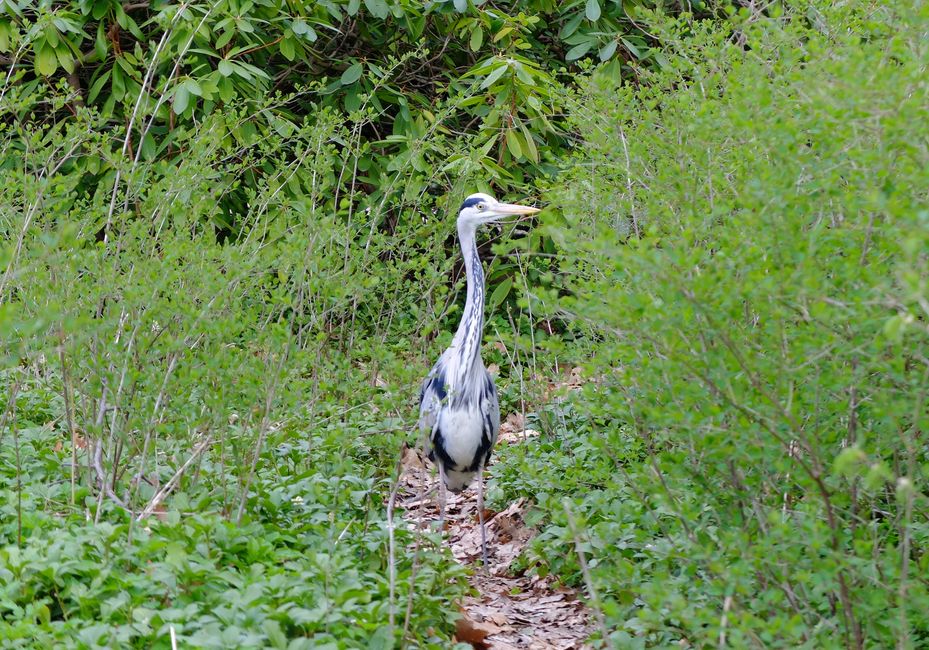
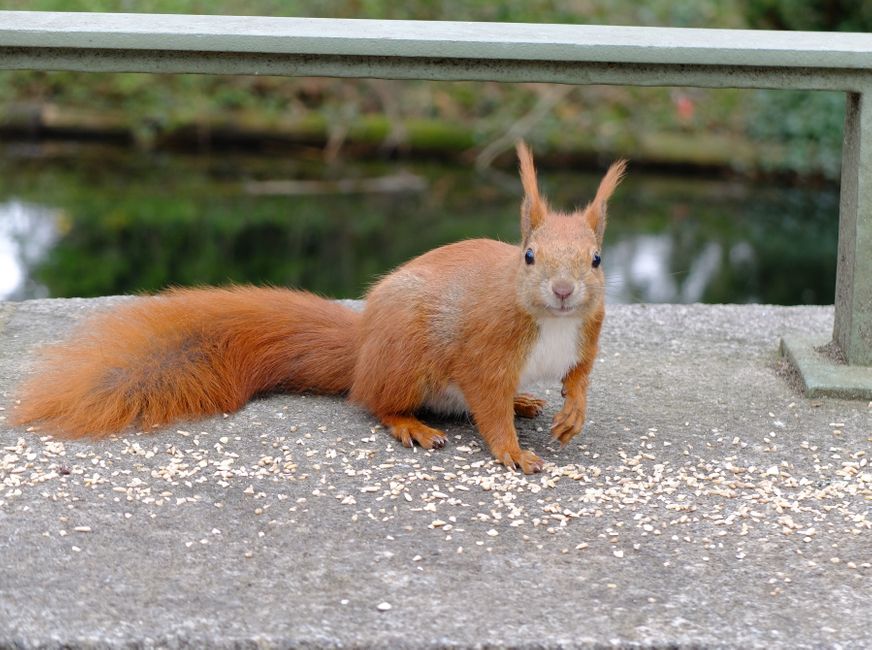
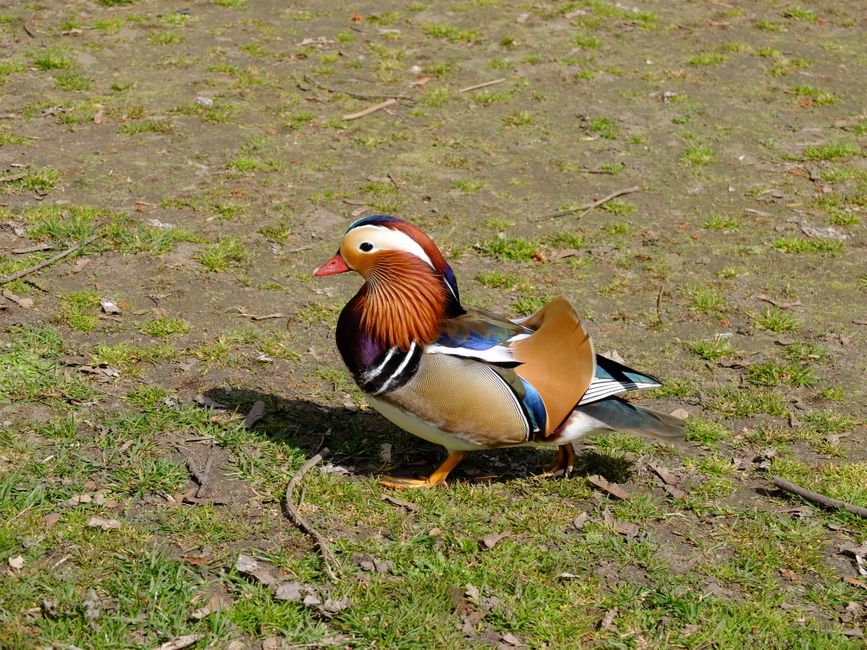
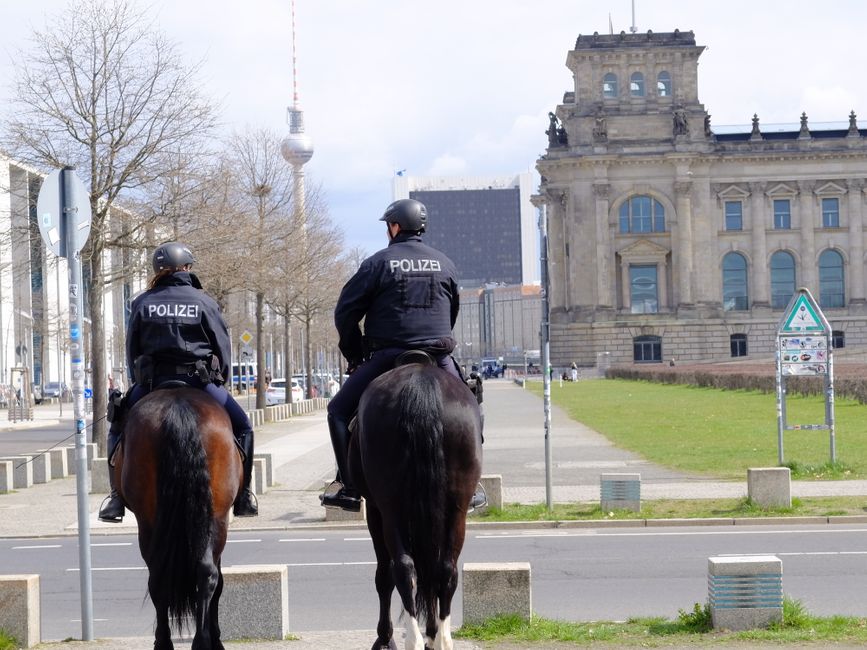
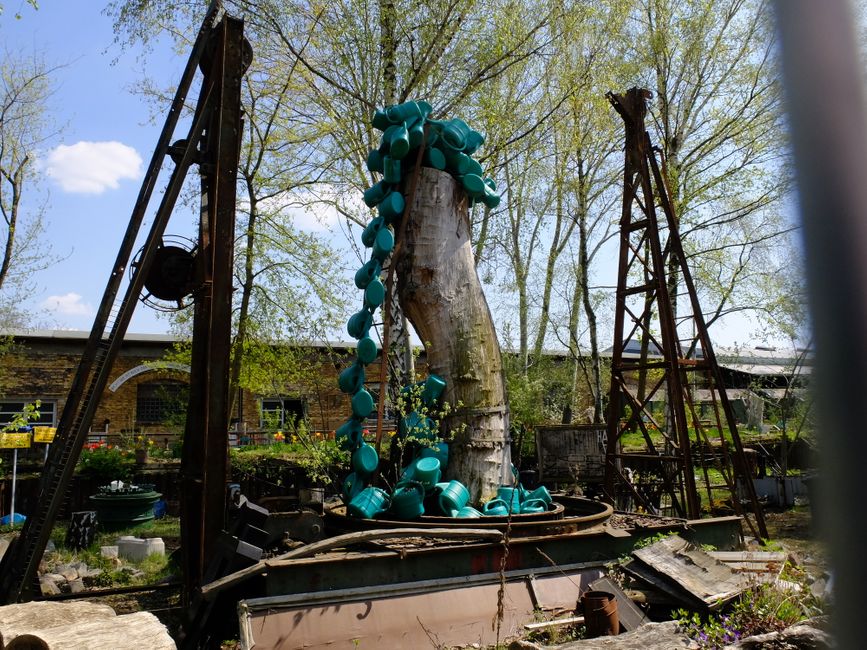
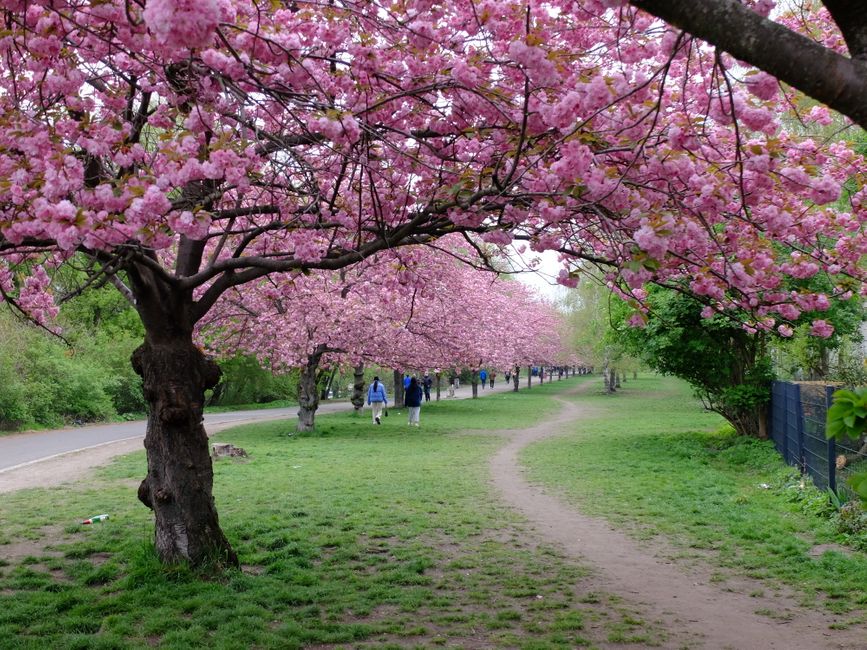
Abonnéiert Iech op Newsletter
The incidence rates are decreasing and many are already thinking about whether something positive will remain from the pandemic. For example, washing hands, even when panic buying is over? Not sneezing unprotected in public? Keeping distance? Going for a walk?
Well, when it comes to walking, it would be nice to have less traffic on our favorite paths. This will probably happen when more people spread out in fitness studios, restaurants, and cinemas again. When fewer parents try to lure their children away from the screen with annoying recreational technology like skateboards, rollerblades, and e-scooters. When on weekends, it is not our waterfront path that is congested, but the highway to the Baltic Sea.
Nevertheless, the spring season was very beautiful for us. We are constantly on the go even without a pandemic. Here are some of our highlights, although the real insider tips will remain secret because we firmly believe that you, dear inhabitants of the empire, will soon come in droves and we have to save some attractions for your dear visit.
There is, so to speak, as a promised continuation of the last blog, the Wuhle hiking trail that leads past the Gardens of the World to the mouth of the Dahme in Köpenick. We always stay in sight of the small river, even if it occasionally disappears into the ground. Along the way, there are many districts that will probably constantly provide pedestrians and cyclists with supplies even outside the pandemic.
Also in the east of the city is the Erpetal, which initially meanders through allotment gardens and then through a beautiful grassy landscape in wide arcs. The starting point is the Hirschgarten S-Bahn station of the S 3 towards Erkner, you can get on again in Friedrichshagen. This is one of the most beautiful districts of Berlin and is worth a visit on its own.
Berlin has a real treasure with the public parks in almost all districts. The oldest dates back to imperial times, most of them were established between the world wars. This is really "wat for et Volk", a balcony and front garden for countless people from the apartment buildings in the surrounding area, who spend every free minute here. More feudal in origin is the Tiergarten (note: write a blog about the difference between Tiergarten, Tierpark, and Zoologischer Garten). Here the electors used to go hunting and the people were allowed to be there at most as beaters or collect the corpses. Fortunately, this has changed and everyone has access to a landscape with surprisingly many species of animals.
Finally, let's go out to the surrounding area of Brandenburg. Although some people here believe that Potsdam was simply forgotten in the 1920 incorporation. Well, being the capital of a state is definitely better than being the smallest district of Berlin. Be that as it may, the journey is definitely worth it by S-Bahn and the park of Sanssouci has much more to offer than the famous terraces, which, by the way, look pretty empty without greenery.
Back to the capital. If you can't think of any attraction at all, just get off at any subway or S-Bahn station and let yourself drift around. Turn into a different street than usual and you will suddenly find new neighborhoods that you had never heard of before. Or you suddenly discover another park, another course of the river, and at some point you have to dig out the Falk Stadtplan because you no longer know where you are.
So, we have to stay here for a while longer until we have explored everything.
Abonnéiert Iech op Newsletter
Äntwert
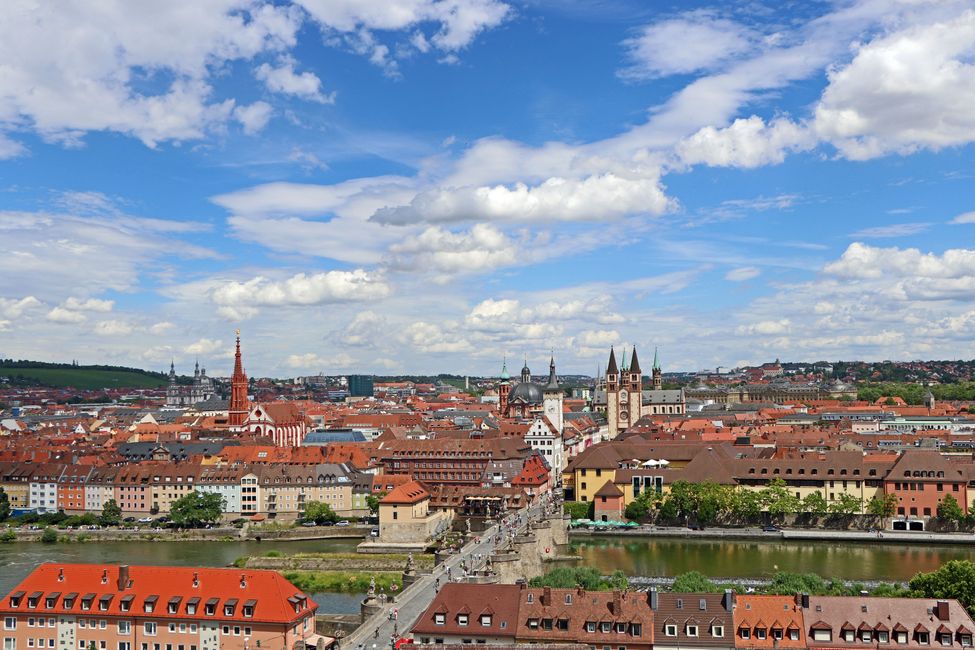
Reesberichter Däitschland
